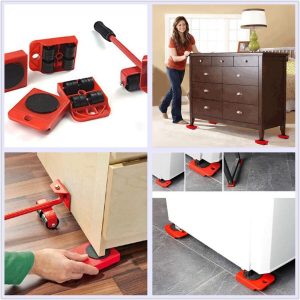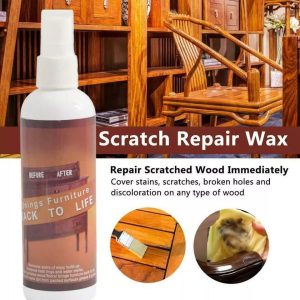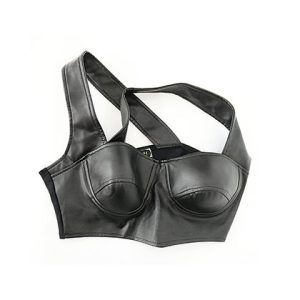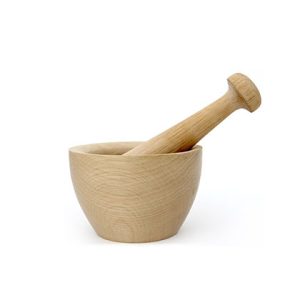Introduction: The Beauty of Wood Seasoning with Beeswax
Wood seasoning with beeswax is a time-honored tradition that dates back centuries. This natural method of treating wood surfaces not only preserves the integrity of the material but also enhances its natural beauty and longevity. In this comprehensive guide, we’ll delve into the art of wood seasoning with beeswax, exploring its benefits, techniques, and applications for woodworking enthusiasts and professionals alike.
Benefits of Wood Seasoning with Beeswax
- Preservation: Beeswax acts as a natural sealant, protecting wood surfaces from moisture, rot, and decay. By sealing the pores of the wood, beeswax helps prevent water damage and extends the lifespan of your wooden furniture, flooring, and other woodworking projects.
- Enhanced Aesthetics: Wood seasoned with beeswax takes on a warm, lustrous sheen that enhances its natural beauty. The wax fills in small imperfections and highlights the grain and texture of the wood, creating a visually stunning finish that adds character and charm to any space.
- Protection Against Wear and Tear: In addition to preserving the appearance of wood, beeswax provides a durable barrier against scratches, scuffs, and other signs of wear and tear. This protective layer helps maintain the integrity of the wood surface, keeping it looking fresh and new for years to come.
- Environmentally Friendly: Unlike synthetic sealants and finishes, beeswax is a natural, renewable resource that is eco-friendly and sustainable. By choosing beeswax for wood seasoning, you can reduce your environmental footprint and support responsible woodworking practices.
How to Season Wood with Beeswax: Step-by-Step Guide
- Prepare the Wood Surface: Start by cleaning the wood surface thoroughly to remove any dust, dirt, or debris. Sand the surface lightly to smooth out any rough spots and ensure a clean, even finish.
- Apply the Beeswax: Using a clean, lint-free cloth or brush, apply a thin, even layer of beeswax to the wood surface. Work in small sections, rubbing the wax into the wood grain with gentle, circular motions.
- Let the Wax Dry: Allow the beeswax to dry completely, typically for 15-30 minutes, depending on the temperature and humidity levels. Once dry, the wax will form a protective seal over the wood surface.
- Buff the Surface: After the wax has dried, use a soft cloth or buffing pad to buff the wood surface gently. This will remove any excess wax and bring out the natural shine and luster of the wood.
- Repeat as Needed: For optimal protection and longevity, repeat the wood seasoning process periodically, especially for high-traffic areas or outdoor furniture exposed to the elements.
Wood seasoning with beeswax is a time-tested technique that offers numerous benefits for woodworking enthusiasts and professionals alike. From preserving the integrity of wood surfaces to enhancing their natural beauty and longevity, beeswax is a versatile and eco-friendly option for protecting and enhancing your woodworking projects. Whether you’re refinishing old furniture, crafting new pieces, or simply maintaining the beauty of your wood surfaces, incorporating beeswax into your woodworking routine can take your projects to the next level.
FAQs About Wood Seasoning with Beeswax
- Q: Is beeswax safe for use on food-grade surfaces, such as cutting boards or butcher blocks?
- A: Yes, beeswax is non-toxic and safe for use on food-grade surfaces. It provides a natural, food-safe barrier that helps protect wood from moisture and bacteria.
- Q: Can I use beeswax on outdoor wood furniture?
- A: Yes, beeswax is an excellent choice for outdoor wood furniture as it provides protection against moisture, UV rays, and other environmental factors.
- Q: How often should I reapply beeswax to wood surfaces?
- A: The frequency of reapplication depends on factors such as usage, exposure to the elements, and the type of wood. As a general rule, consider reapplying beeswax every 6-12 months for optimal protection.
- Q: Can I apply beeswax over existing finishes, such as varnish or polyurethane?
- A: Yes, beeswax can be applied over existing finishes to provide additional protection and enhance the wood’s appearance. However, it’s essential to ensure the surface is clean and free of debris before application.
- Q: Does beeswax change the color of wood?
- A: Beeswax typically enhances the natural color of wood, bringing out its warmth and richness. However, it may darken lighter woods slightly, so it’s essential to test it on a small, inconspicuous area before application.







Reviews
There are no reviews yet.